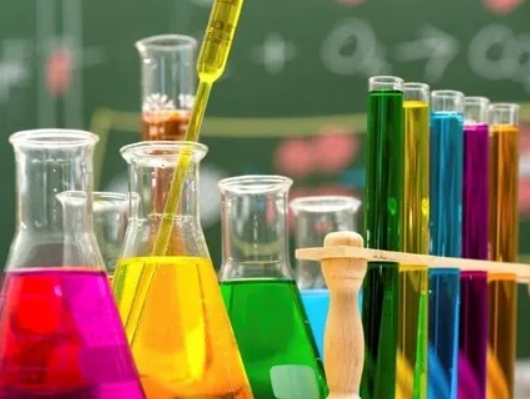
Unveiling the Hidden Dangers: Exploring Chemical Agents and Their Harmful Effects
Chemical agents are ubiquitous in our modern world, playing a crucial role in various industries. From manufacturing and agriculture to healthcare and research, these agents are utilized for their diverse properties. However, it is essential to understand that some chemical agents can pose significant risks to human health and the environment. In this article, we will delve into the realm of chemical agents, exploring the different types and their potential harmful effects.
- Understanding Chemical Agents:
Chemical agents encompass a wide range of substances that have chemical properties and can interact with other substances. They can be found in various forms, including gases, liquids, and solids. These agents are used for their ability to enhance processes, improve product quality, or provide specific functionalities. - Harmful Effects of Chemical Agents:
While many chemical agents are safe when handled properly, certain agents can be harmful. Understanding the potential risks associated with these substances is crucial for ensuring safety in different industries. Here are some common categories of chemical agents and their harmful effects: a. Carcinogens:
Carcinogens are chemical agents that have the potential to cause cancer. Examples include asbestos, benzene, and formaldehyde. Prolonged exposure to these substances can lead to the development of various types of cancer, such as lung, bladder, or leukemia. b. Neurotoxins:
Neurotoxic chemical agents can adversely affect the nervous system, leading to neurological disorders. Substances like lead, mercury, and certain pesticides fall into this category. Exposure to neurotoxins can result in cognitive impairments, developmental delays, and even permanent damage to the nervous system. c. Respiratory Irritants:
Chemical agents that irritate the respiratory system can cause breathing difficulties, lung damage, and respiratory disorders. Examples include chlorine gas, ammonia, and sulfur dioxide. Inhalation of these agents can lead to acute or chronic respiratory conditions, such as asthma or chronic obstructive pulmonary disease (COPD). d. Allergens:
Some chemical agents can trigger allergic reactions in susceptible individuals. Substances like latex, certain dyes, and fragrances are known allergens. Exposure to these agents can cause skin rashes, itching, respiratory distress, or even anaphylaxis in severe cases. e. Environmental Pollutants:
Chemical agents can also have detrimental effects on the environment. Substances like heavy metals, persistent organic pollutants (POPs), and certain pesticides can contaminate soil, water bodies, and air, leading to ecosystem disruption, bioaccumulation, and harm to wildlife. - Risk Mitigation and Safety Measures:
To minimize the potential harm caused by chemical agents, stringent safety measures and regulations are crucial. Industries must adhere to proper handling, storage, and disposal protocols. Personal protective equipment (PPE) should be used when working with hazardous substances, and regular monitoring and risk assessments are necessary to ensure a safe working environment.
Conclusion:
Chemical agents, while essential in various industries, can pose significant risks to human health and the environment. Understanding the different types of chemical agents and their potential harmful effects is vital for implementing appropriate safety measures. By prioritizing safety, proper handling, and risk mitigation strategies, we can harness the benefits of chemical agents while minimizing their negative impacts on our well-being and the world around us.